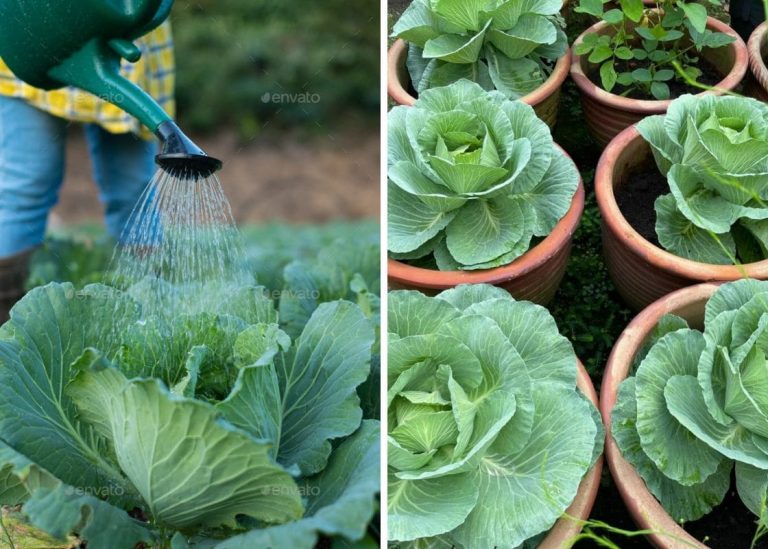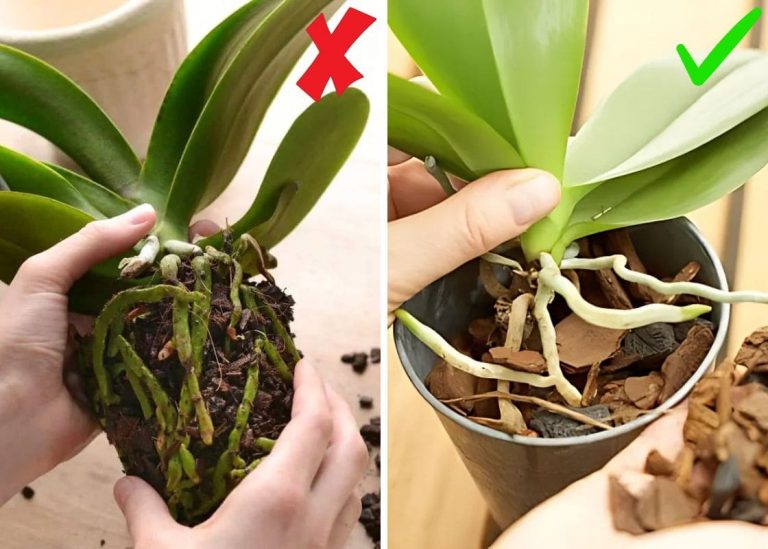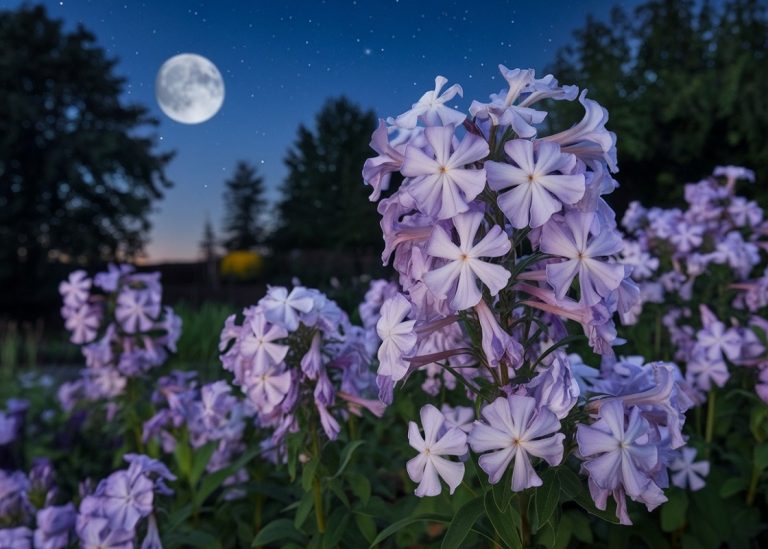The Secret to Lush Vertical Gardens? It’s All in the Way You Train Your Climbers
There was a time when the back fence of my garden looked like every other neglected corner—just wood, worn by sun and silence. I’d pass by it each morning, coffee in hand, thinking it had potential, but I wasn’t quite sure what to do with it.
Then one spring, I planted a small jasmine vine right near that spot. It was no taller than my kneecap, just a sprout of green holding on to a fragile trellis. I didn’t expect much. But every morning, I watched it curl and stretch toward the light like it knew something I didn’t. That’s when it hit me—maybe this wall didn’t need to stay empty. Maybe it just needed something alive to climb.

That single vine turned into a passion. I started training clematis, morning glory, black-eyed Susan vines. I played around with wires, bamboo sticks, old garden rakes, and string. Each plant had its own personality—some wild and twisty, some gentle and shy. But they all wanted the same thing: a way up. And what I discovered is that vertical gardening isn’t just about planting—it’s about guiding, encouraging, and watching something take shape beyond your reach.
If you’re longing for walls wrapped in green and flowers cascading like a soft waterfall, let me show you how I train my climbers to thrive—and how you can too.
Start with the Right Climber for Your Space

Every garden wall has its own mood. Some soak in full sun all day, while others stay tucked in cool shade. The first step is finding the right climbing plant that fits your space’s rhythm.
-
For sunny spots: Try bougainvillea, trumpet vine, or morning glories—they’re sun lovers that bloom with abandon.
-
For shaded areas: Go with climbing hydrangeas or ivy—they’re quieter but persistent, and they thrive in soft light.
-
Want fragrance? Jasmine, honeysuckle, and sweet peas will perfume your whole patio when they bloom.
My first success was with star jasmine. I planted it near a stone pillar at the front gate. The scent reminded me of my grandmother’s garden—it lingered in the evening air like a memory, and I could almost hear her humming while watering her roses.
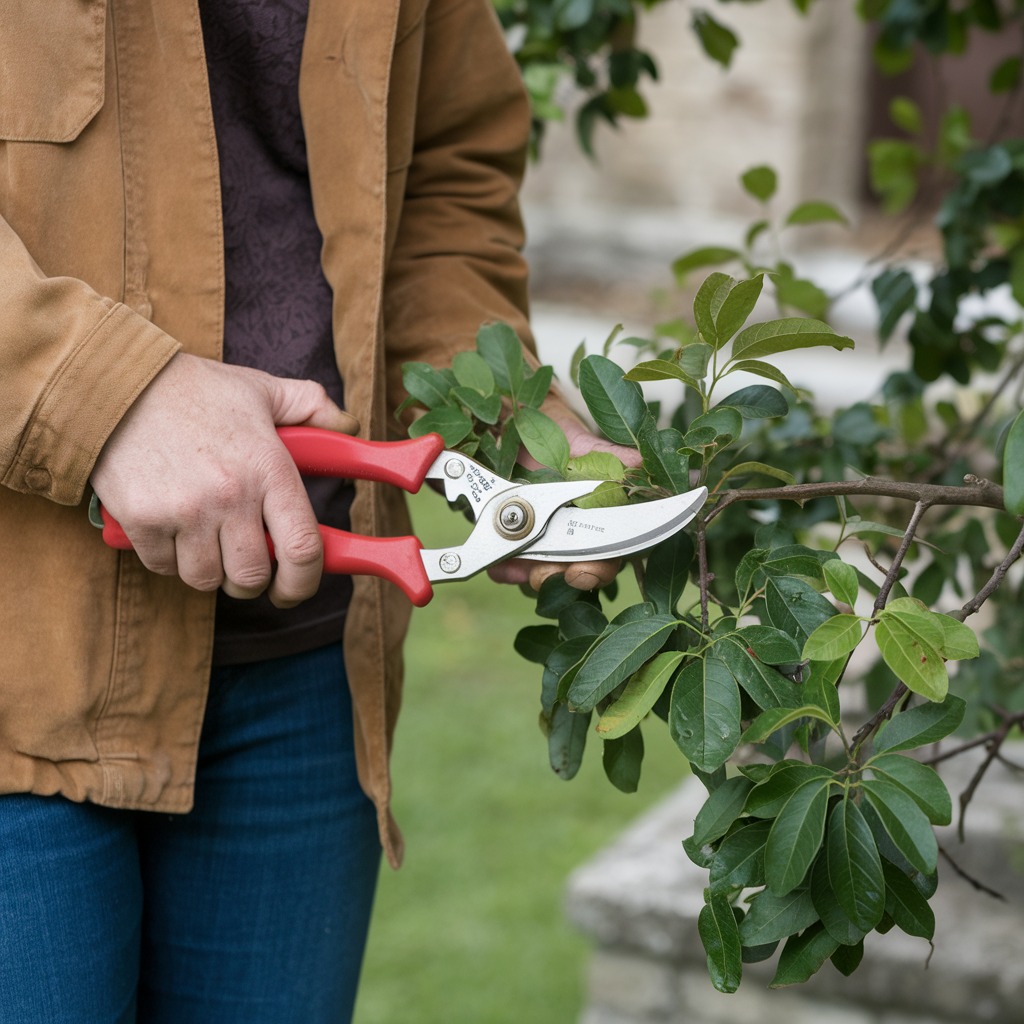
Use Gentle Guidance (Not Force)
Climbers don’t need to be forced—they need to be invited. Think of it like teaching a child to ride a bike: you’re guiding, not pulling.
Here’s how I do it:
-
Use twine, jute, or plant ties to loosely connect new stems to a trellis or support.
-
Avoid harsh plastic ties. I once used those, and the stem got pinched and stunted. I still regret it.
-
Check weekly to redirect shoots before they tangle in the wrong direction or start shading other plants.
Over time, the plant will learn where to go—honestly, it feels like a conversation. You offer a path, and it responds by reaching out.
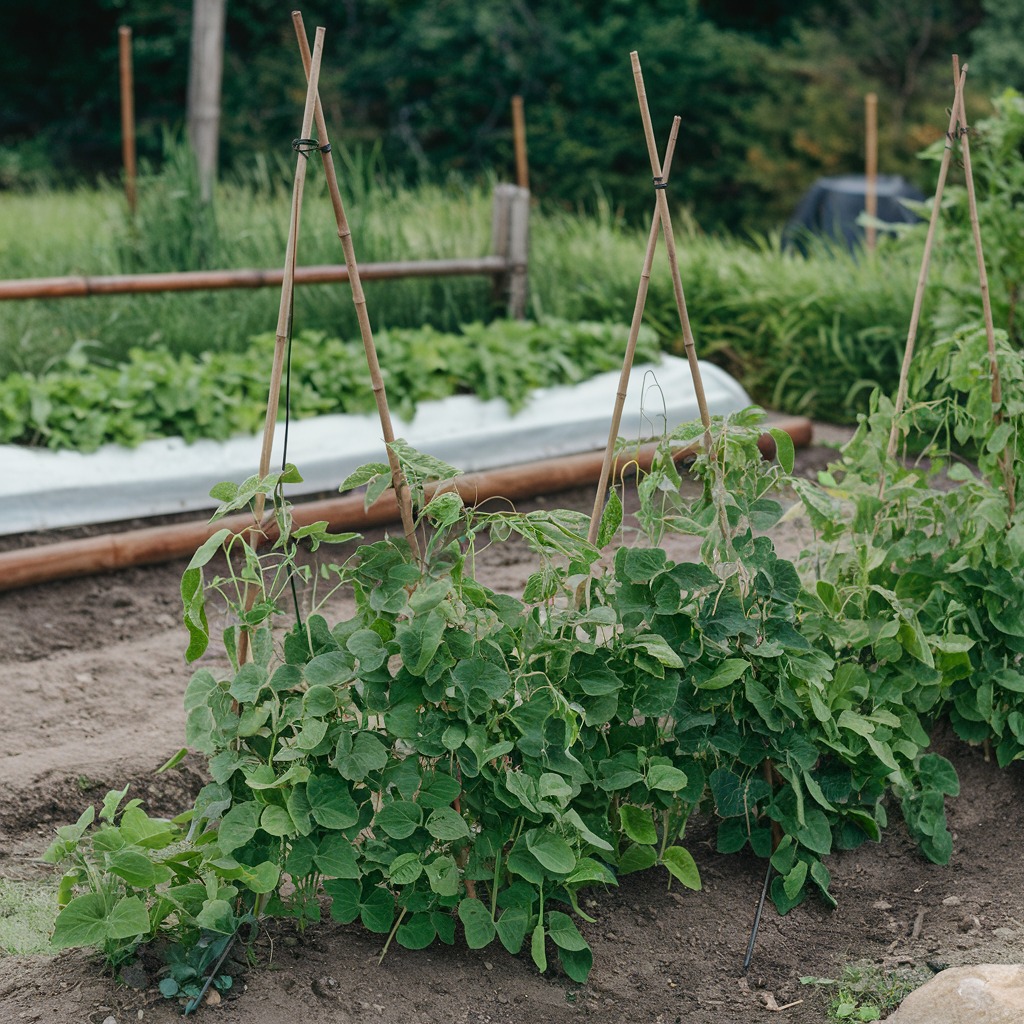
Build Structures That Invite Climbing
Some plants twine naturally. Others need a nudge. Either way, you’ll need a support system that’s both strong and beautiful.
-
Trellises: I love wooden ones, especially those I’ve stained or painted to match the garden bench nearby.
-
Arches: One of my proudest projects was building an entry arch from reclaimed metal pipes and training wisteria over it. That summer, it bloomed like a chandelier.
-
Wire grids: Perfect for minimalist or modern walls—clean, strong, and nearly invisible once the plants grow.
Tip: Always anchor your structure well. Once those climbers mature, they get heavy. I’ve seen a poorly fixed bamboo teepee collapse under a full-grown passionflower—and the heartbreak of broken vines is real.

Don’t Let Them Tangle (Or Take Over)
Climbers are energetic, sometimes too much so. If you don’t check in, they’ll grow over windows, into gutters, or smother each other. They don’t mean to—it’s just their nature.
-
Prune lightly and regularly, especially in the growing season.
-
Trim side shoots that get unruly or crowd other plants.
-
Train early, before the stems get woody and stubborn.
One summer, my grapevine decided to loop around my hummingbird feeder. It was a tangled mess. I ended up trimming it back, losing a few clusters—but I learned that a little regular guidance goes a long way.
Feed and Water with Intention
Climbing plants need strong roots to support all that vertical ambition. They work hard, and they get thirsty—especially in containers or along hot walls.
Here’s what I do:
-
Water deeply, not just at the surface. I use a long-spout watering can that reaches into the base of the trellis.
-
Feed with a balanced fertilizer every 4–6 weeks during peak growing season.
-
Mulch the base with compost or straw to hold moisture and keep roots cool.
Sensory tip: There’s something so calming about early morning watering—the quiet drip, the smell of wet earth, the sunlight slanting across the dew. It feels like a promise.
Celebrate the Journey

A vertical garden doesn’t happen overnight. It takes patience, like embroidery on a big piece of fabric. You step back, stitch by stitch, and one day you look up and it’s blooming.
Don’t rush it. Enjoy every inch your plant climbs. Celebrate the first tendril that finds the trellis. Laugh when the vine curls the wrong way—it’ll learn. So will you.
One of my happiest moments was when a neighbor leaned over the fence just to say, “Your wall looks like something out of a fairy tale.” And I thought, Yes. It does.
Final Thoughts: Let Your Garden Reach for the Sky
There’s something incredibly moving about watching a plant rise. It reminds me that we’re all reaching, stretching, trying to grow toward something brighter.
If you’ve got a blank wall, a rusty trellis, or even an old ladder leaning in the garage—don’t wait. Plant something beneath it. Train it. Watch it climb. It’ll become more than just a plant; it’ll be a living story growing right in front of you.
Ready to Begin?
Pick one corner of your garden that needs a little love. Start with a vine you like. Offer it a path. And as it climbs, you’ll find that your joy climbs with it.
Let your walls bloom. Let your garden rise.

